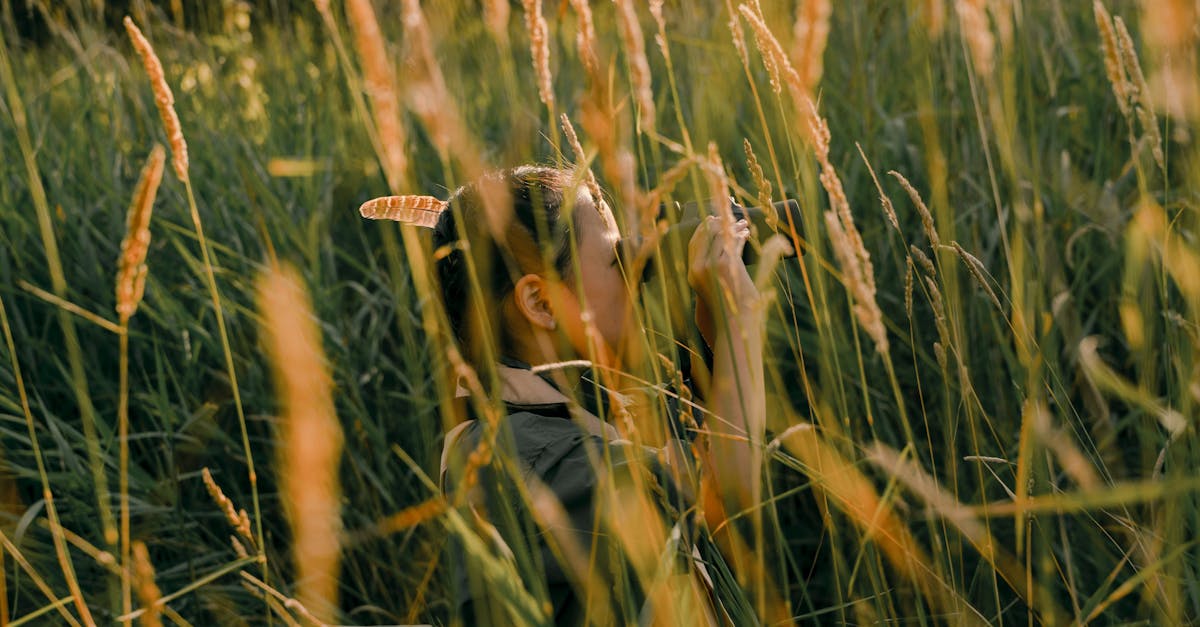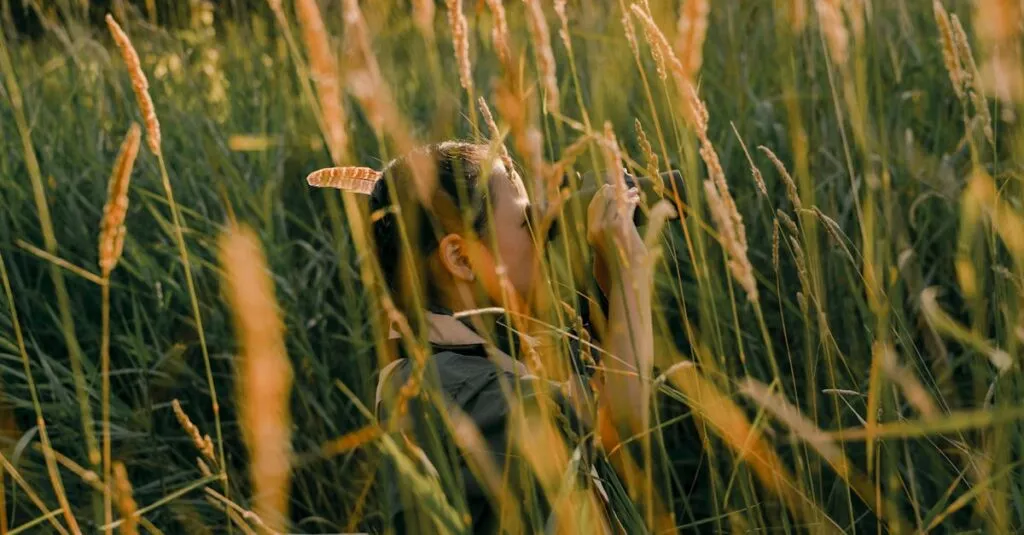Exploring Nature’s Classroom
Nothing beats the thrill of the great outdoors. At campgrounds, nature serves as both our playground and classroom. With climate change making headlines, it’s an excellent opportunity for parents to teach children about its impact on wildlife. These lessons become tangible when you’re surrounded by nature. It’s less about lectures and more about stories—stories that creatures and ecosystems tell us. So pack your bags, dust off your old camping gear, and head to a campground where nature’s lessons come alive in every rustling leaf and chirping bird.

Spotting Wildlife Changes
While hiking or setting up the tent, you might notice changes in wildlife behavior or species. Maybe the birds you used to see have migrated elsewhere. Explain to your kids that these shifts are often due to changing weather patterns and habitats. It can be a game: spotting and noting down wildlife changes. This activity also provides a hands-on way to understand the concept of adaptation and survival. Plus, it’s a fun, educational twist to your usual camping trip. Remember to bring a notebook or use an app to record your wildlife discoveries.

Conversations Around the Campfire
Campfires aren’t just for marshmallow roasting; they’re also great for engaging conversations. Discuss with your kids how animals are resilient and adapt to survive. Share stories about animals that have struggled or thrived due to climate change.
Keep the tone positive but informative. Discuss how collective small actions can make a big difference. This can be an emotional subject, but sharing these stories under the starlit sky brings about a sense of unity and urgency. It’s about planting a seed of awareness and compassion in young minds.

Hands-On Learning Activities
Transform your camping trip into a mini research expedition. Equip your kids with magnifying glasses, binoculars, and nature journals. Encourage them to observe insects, plants, and animal tracks. Challenge them to identify what they find and how it might be affected by the changing climate. These hands-on activities are fun and educational, making learning an adventure. It’s also a great way for kids to feel like wildlife detectives, piecing together the ecological puzzles they encounter. Who knows, this might just spark a lifelong passion for nature and science!

Key Points:
- Equip kids with magnifying glasses, binoculars, and nature journals.
- Encourage observation of insects, plants, and animal tracks.
- Challenge them to identify and understand the impact of climate change on nature.
- Engage in hands-on learning to inspire a love for wildlife and science.
Encouraging Empathy and Action
Empathy for wildlife starts with understanding their plight. Encourage your kids to think of ways they can help, even from home. It could be as simple as reducing waste, conserving water, or starting a recycling program. Let them create posters or write letters about their experiences and what they learned. These activities make them feel empowered and part of the solution.
Encourage kids to share their thoughts and ideas with friends and classmates. The goal is to transform their campground experiences into actionable compassion and community involvement.

